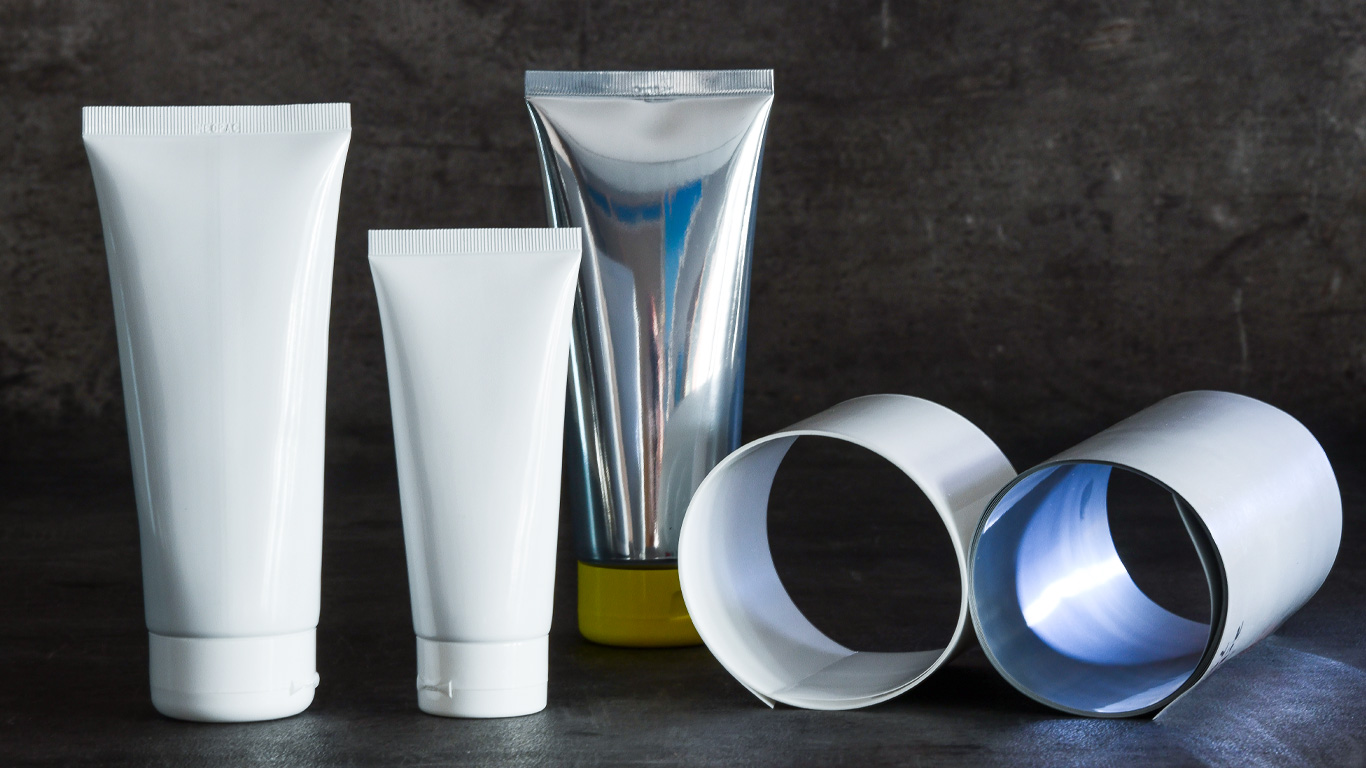Packaging is an essential element of product presentation and protection. Among the various packaging options available, tube packaging stands out as a versatile and popular choice across diverse industries. From cosmetics to pharmaceuticals, from food products to industrial applications, tube packaging offers convenience, functionality, and aesthetic appeal. In this blog, we delve into the world of cylinder packaging manufacturer, exploring its benefits, applications, materials, and environmental considerations.
Understanding Tube Packaging
Tube packaging refers to cylindrical containers made of materials like plastic, aluminum, or laminate, sealed at one end and typically equipped with a nozzle or dispenser at the other. These tubes come in various sizes, shapes, and configurations, catering to the specific requirements of different products. They offer a flexible and portable solution for packaging liquids, creams, gels, pastes, and semi-solid substances.
Benefits of Tube Packaging
- Convenience: Tube packaging is user-friendly and convenient to use, allowing consumers to dispense the product easily without spillage or waste.
- Portability: Tubes are lightweight and compact, making them ideal for travel and on-the-go use. They are easy to carry in purses, pockets, or luggage.
- Protection: Tube packaging provides excellent protection against contamination, moisture, light, and air, thereby preserving the quality and integrity of the product.
- Versatility: Tube packaging is versatile and adaptable to various product types and formulations, including cosmetics, pharmaceuticals, adhesives, and food items.
- Customization: Manufacturers can customize tube packaging with different shapes, sizes, colors, graphics, and printing options to enhance brand identity and appeal.
Applications of Tube Packaging
Tube packaging finds extensive applications across diverse industries:
- Cosmetics: Tube packaging is commonly used for packaging skincare creams, lotions, serums, and hair care products due to its hygienic and convenient dispensing.
- Pharmaceuticals: Tubes are widely used for packaging ointments, gels, creams, and dental products in the pharmaceutical industry, ensuring precise dosage and easy application.
- Food and Beverages: Tube packaging is utilized for packaging condiments, sauces, spreads, and beverages, offering portion control and extended shelf life.
- Industrial: In the industrial sector, tube packaging is used for packaging adhesives, sealants, lubricants, and other specialty chemicals, providing ease of handling and storage.
Materials Used in Tube Packaging
- Plastic: Plastic tubes are lightweight, durable, and cost-effective. They are available in various types such as polyethylene (PE), polypropylene (PP), and ethylene vinyl alcohol (EVOH), offering different barrier properties and compatibility with different formulations.
- Aluminum: Aluminum tubes provide excellent barrier properties against light, moisture, and oxygen, making them suitable for sensitive products like pharmaceuticals and cosmetics. They also offer a premium look and feel.
- Laminate: Laminate tubes combine layers of different materials such as plastic, aluminum, and barrier films to provide optimal protection and flexibility. They are widely used in food, pharmaceuticals, and personal care products.
Environmental Considerations
While tube packaging offers numerous benefits, there are growing concerns about its environmental impact, particularly with the use of single-use plastics. To address these concerns, manufacturers are increasingly exploring sustainable alternatives such as:
- Recyclable Materials: Embracing recyclable materials like polyethylene terephthalate (PET) and high-density polyethylene (HDPE) for plastic tubes to facilitate recycling and reduce environmental footprint.
- Biodegradable Options: Introducing biodegradable plastics derived from renewable sources such as cornstarch or sugarcane to minimize environmental pollution and promote sustainability.
- Tube Design: Optimizing tube design for material reduction, lightweighting, and compatibility with recycling processes to enhance eco-friendliness.
Conclusion
Tube packaging is a versatile and functional solution that caters to the diverse needs of consumers and industries worldwide. Its convenience, portability, and protective properties make it a preferred choice for packaging a wide range of products.
